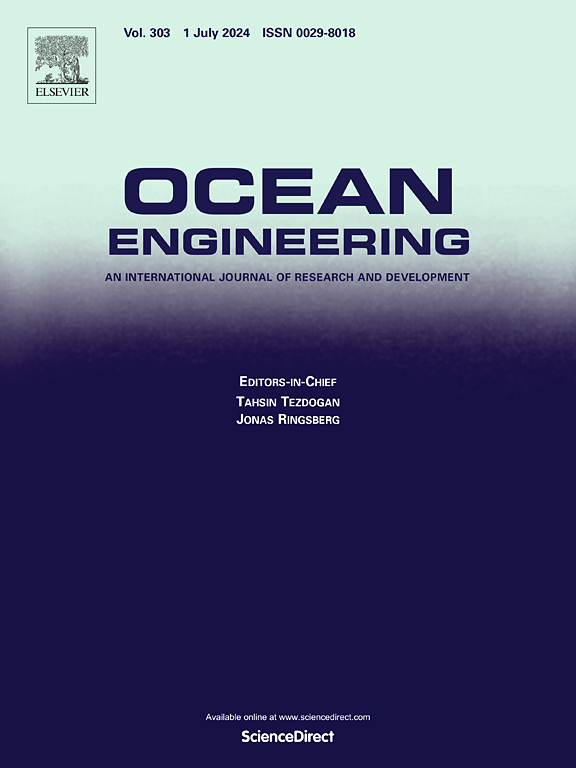AIS data-driven analysis for identifying cargo handling events in international trade tankers
IF 4.6
2区 工程技术
Q1 ENGINEERING, CIVIL
引用次数: 0
Abstract
Accurate identification of vessel cargo handling events in maritime transportation is pivotal for analyzing dynamics in international commodity trade. However, existing methods for identifying vessel cargo handling events based on Automatic Identification System data are constrained by the time lag of draught attributes, leading to deviations in the spatiotemporal attributes of event identification results and compromising the accuracy of cargo transportation monitoring. To address this issue, our study proposes an identification process for international trade tanker cargo handling events. The process first identifies significant changes in vessel draught, calculates the current loading or unloading quantities using the change in draught combined with the Tons per Centimeter Immersion metric, and extracts candidate trajectory segments. Subsequently, for these candidate segments, a Gaussian Mixture Model is employed to dynamically calculate the mooring speed threshold, enabling the identification of the vessel's mooring point closest in time to the draught change. The duration and location of the mooring point are then used to determine the time and location of the vessel cargo handling event. Experimental results demonstrate that the proposed process effectively overcomes the time lag in AIS draught attributes, reduces missed identifications and significantly improves the precision of tanker cargo handling event identification.
求助全文
约1分钟内获得全文
求助全文
来源期刊

Ocean Engineering
工程技术-工程:大洋
CiteScore
7.30
自引率
34.00%
发文量
2379
审稿时长
8.1 months
期刊介绍:
Ocean Engineering provides a medium for the publication of original research and development work in the field of ocean engineering. Ocean Engineering seeks papers in the following topics.
 求助内容:
求助内容: 应助结果提醒方式:
应助结果提醒方式:


